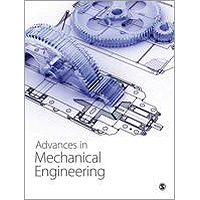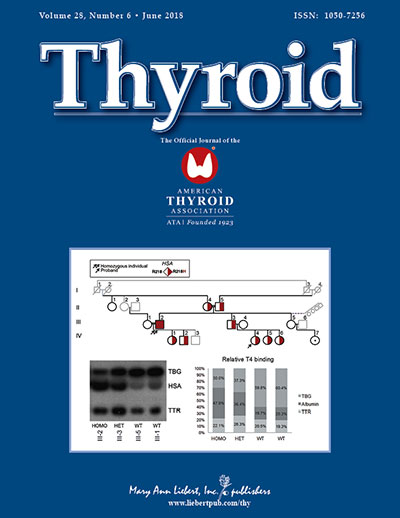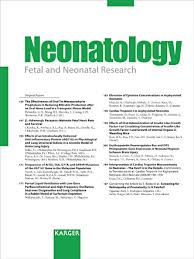 Many publishers have been duped by fake peer reviews, which have brought down more than 600 papers to date. But some continue to get fooled.
Many publishers have been duped by fake peer reviews, which have brought down more than 600 papers to date. But some continue to get fooled.
Recently, SAGE retracted 10 papers published as part of two special collections in Advances in Mechanical Engineering after discovering the peer review process that had been managed by the guest editors “did not meet the journal’s usual rigorous standards.” After a new set of reviewers looked over the collections, they determined 10 papers included “technical errors,” and the content “did not meet the journal’s required standard of scientific validity.”
Yeah, we’re not exactly sure what happened here, either. SAGE gave us a little extra clarity — but not much.
 In April 2015, two high-profile chemistry bloggers — and their commenters — raised questions about a paper that had been published in PLOS ONE some 18 months earlier. More than three years later, the journal has now retracted the paper, with a notice that echoes the 2015 blog posts.
In April 2015, two high-profile chemistry bloggers — and their commenters — raised questions about a paper that had been published in PLOS ONE some 18 months earlier. More than three years later, the journal has now retracted the paper, with a notice that echoes the 2015 blog posts. Researchers have retracted a 2015 Nature paper about the molecular underpinnings of immune function after discovering they could not replicate key parts of the results.
Researchers have retracted a 2015 Nature paper about the molecular underpinnings of immune function after discovering they could not replicate key parts of the results. Barislav Momčilović thinks that iodine status is — after iron deficiency — the “main public health” issue in the world today. So when he figured out what he believed was the best way to test levels of the mineral, he was determined to get the message out.
Barislav Momčilović thinks that iodine status is — after iron deficiency — the “main public health” issue in the world today. So when he figured out what he believed was the best way to test levels of the mineral, he was determined to get the message out. Last year,
Last year,  In March, a journal published a paper about blood sugar levels in newborns that caused an immediate outcry from outside experts, who were concerned it contained a sentence that could be potentially harmful if misinterpreted by doctors.
In March, a journal published a paper about blood sugar levels in newborns that caused an immediate outcry from outside experts, who were concerned it contained a sentence that could be potentially harmful if misinterpreted by doctors.  Last month, the
Last month, the  Earlier this year, the president of the Karolinska Institute,
Earlier this year, the president of the Karolinska Institute, 
 The New England Journal of Medicine has retracted a 2013 paper that provided some proof that the Mediterranean diet can directly prevent heart attacks, stroke, and other cardiovascular problems.
The New England Journal of Medicine has retracted a 2013 paper that provided some proof that the Mediterranean diet can directly prevent heart attacks, stroke, and other cardiovascular problems.